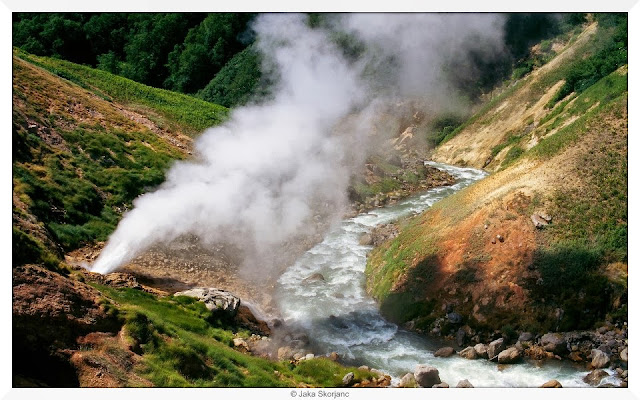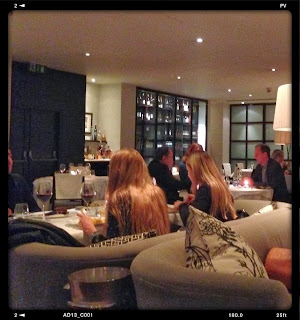 |
| Partridge sausage rolls |
Er no, but what it is, is a global, grass roots movement connecting the pleasure of eating with a commitment to community and environment.
Founded in Italy in 1989, the UK arm began four years ago and was set up to encourage people in this country to choose nutritious food, from sustainable, local sources. As part of this movement Chef Richard Corrigan and CEO of Slow Food UK, Cat Gazzoli set up the Chef Alliance. Its Members pledge to actively champion and support the aims of Slow Food UK and in particular it's Forgotten Foods programme, comprising of 68 endangered foods.
In just over two years the list of Chefs who have joined this Alliance has turned it into a Who's Who of the Chef-ing world. The list includes famous names such as Michel Roux Jr of Le Gavroche, Raymond Blanc of Le Manoir aux Quat Saisons, Theo Randall at the Intercontinental, Vivek Singh at The Cinnamon Club and Lukas Pfaff at Sartoria.
 |
| Lavazza coffee caviar |
Interested to try a few of these Forgotten Foods I headed to the Photographer's Gallery for some Slow Food UK tasting, Lavazza coffee treats and celebrate the 100th member of the Chef Alliance, Pierre Koffmann while scoffing.
 |
| Lavazza edible cookie cup |
 |
| Marinated Fal Oyster Ceviche |
Wondering how long it would take for the caffeine to kick in, a tray of oysters appeared. Somehow, despite my love of food I had never quite wanted to try oyster before. This was my moment, I thought. If ever there was a time to try oyster, then served up at a Chef Alliance bash is likely to be the best. Dressed with fennel and quinoa, the marinated Fal Oyster ceviche looked unbelievably inviting. I thought, here goes.
 |
| Coloured beetroot, horseradish and kipper |
The tasters began to appear at a steady pace with coloured beetroot, horseradish and kipper; partridge sausage roll with quince chutney and Cornish saffron cake all making an appearance. Each bite looked delicious, tasted delicious and was served with lashings of Italian white, Gavi di Gavi. Happy Days.
Surrounded by a room full of chefs and small producers there was a sense of fellowship and bonhomie throughout the evening. Rounded off by Thank Yous, Cat Gazzoli said, "I want to personally thank every chef member; our Chef Alliance partners Lavazza and Highland Park, as well as every Slow Food UK member and supporter who have come together to protect and defend edible biodiversity as our birth right."
As for the Fal Oyster. It tasted fantastic! Click on the links to find out more about each of the Forgotten Foods, Forgotten Food recipes, Slow Food UK events and Like the Slow Food UK Facebook Page.
 |
| Photographer's Gallery, London |
















